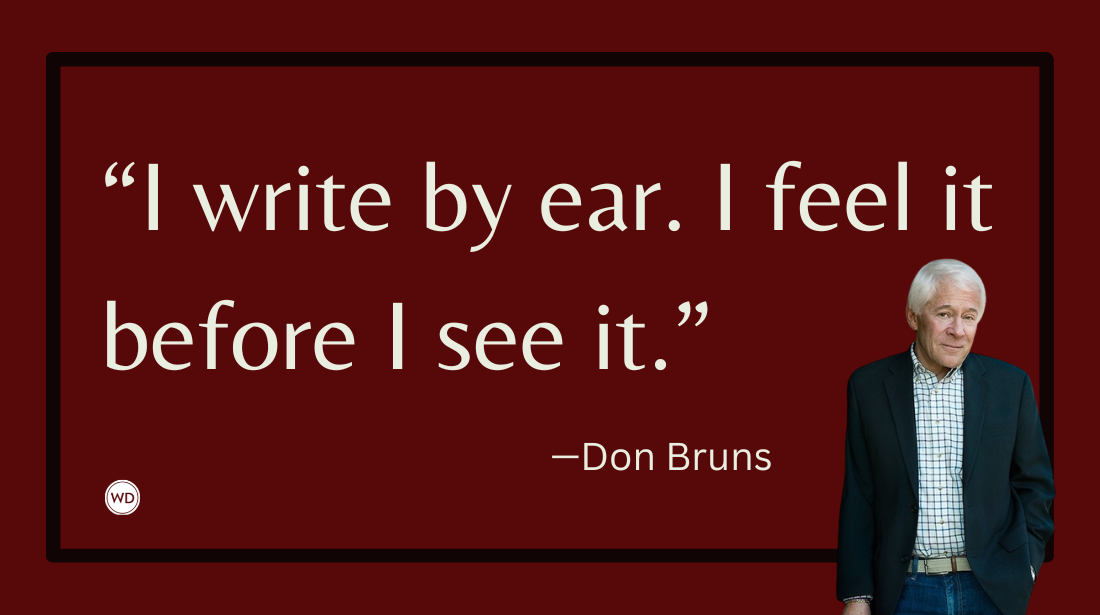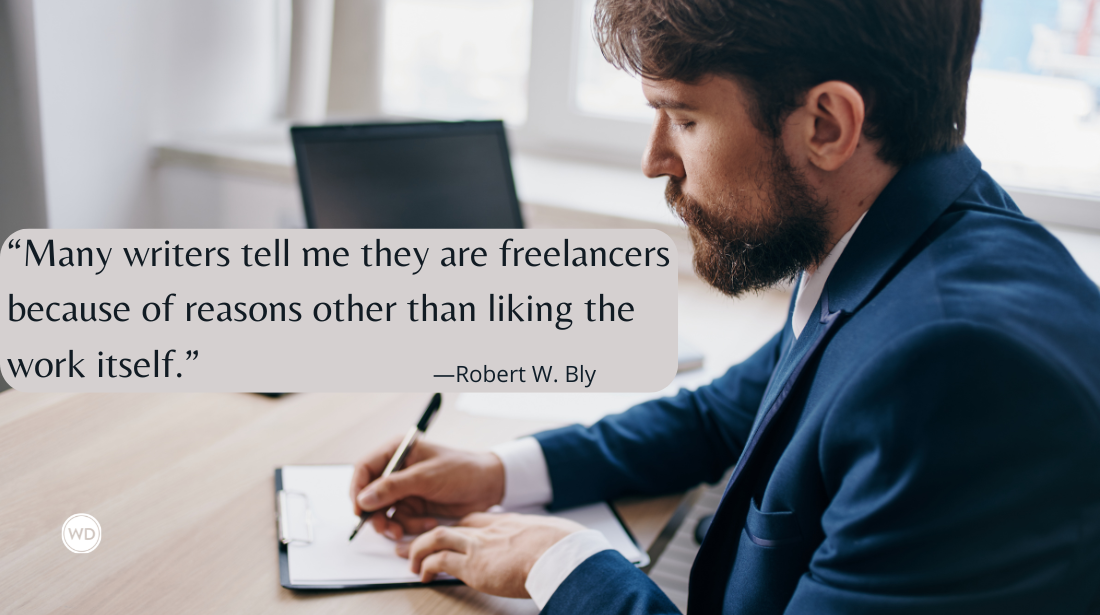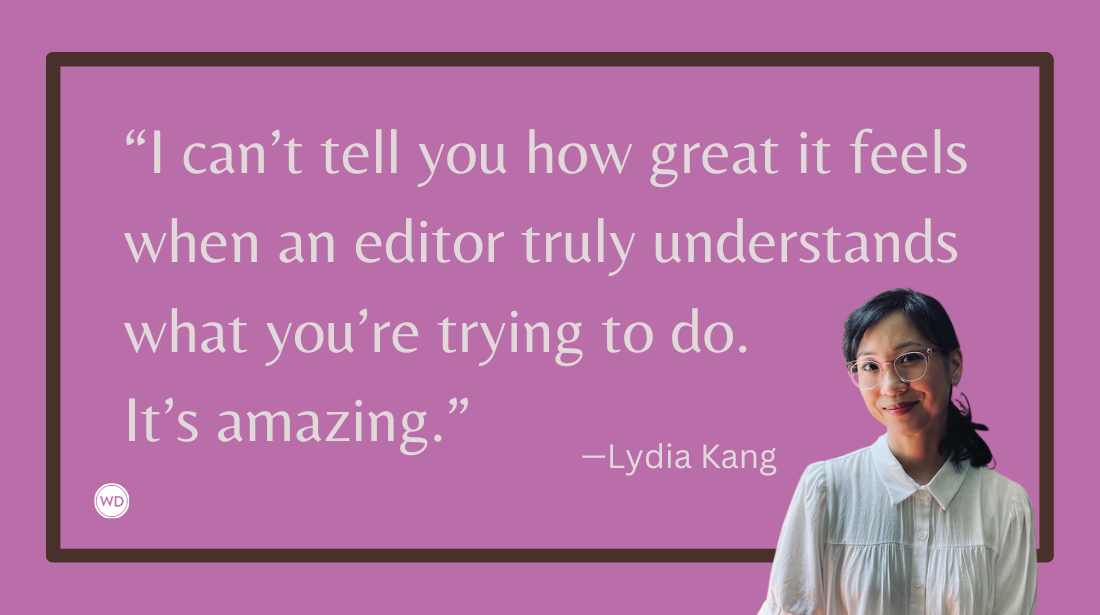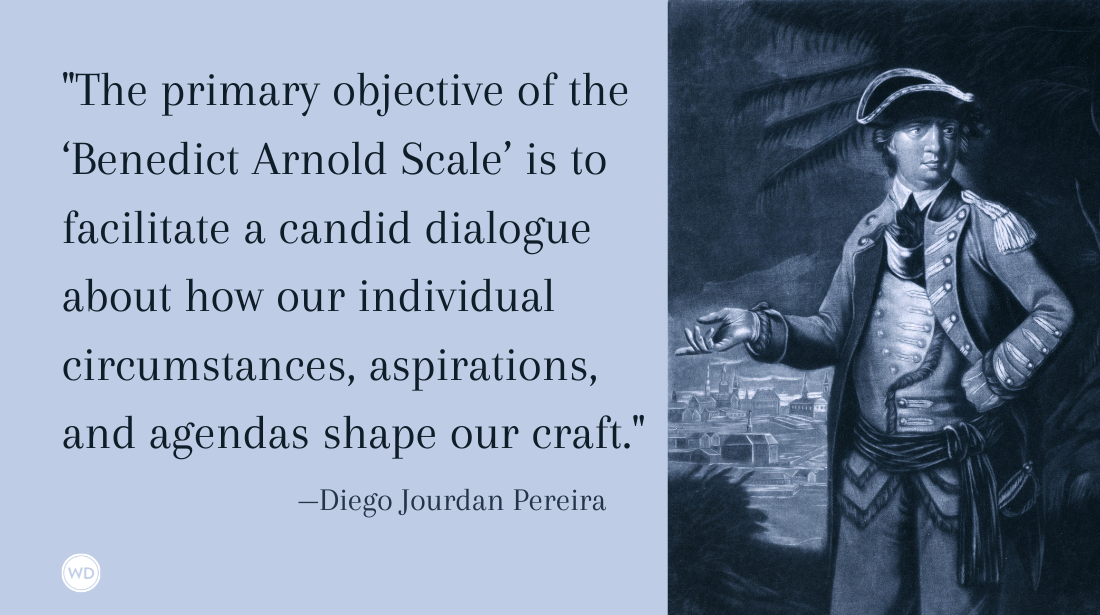Emily Spurr: On Following Your Intuition
Debut novelist Emily Spurr discusses the process of writing her literary fiction novel, A Million Things, including what inspired the novel, her top piece of advice for other writers, and more.
Born in Tasmania, Emily Spurr lives in Melbourne, Australia, with her partner, their twins, and a deaf, geriatric cat. Short-listed for the prestigious Victorian Premier's Unpublished Manuscript Prize, A Million Things is her first novel.
In this post, Emily discusses the process of writing her literary fiction novel, A Million Things, how she learned to follow her intuition, and more!
****
****
Name: Emily Spurr
Literary agent: David Forrer (Inkwell Management Literary Agency)
Book title: A Million Things
Publisher: Berkley Penguin Random House
Expected release date: August 24th 2021
Genre/category: Literary Fiction
Elevator pitch for the book: 10-year-old Rae wakes one day to find her mother gone. Unable to face what’s happened, Rae does the only thing she can manage: She carries on, just her and her dog, as if nothing has happened.
IndieBound | Bookshop | Amazon
[WD uses affiliate links.]
What prompted you to write this book?
The idea for the story has its origin in my own life. In my late teens, and for a large part of my twenties, I battled with mental illness. It was a traumatic time for me and for those who loved me. I still have nightmares about that period of my life, dark unsettling terrors that leave me steeped in dread.
It was after one of these nightmares, as I showered away the unsettling tendrils of the night before, that a question surfaced: What if I’d had a child in all that trauma? What would their world have been like? What would that do to a child? Who would they have to become to survive?
I suppose a logical progression to that question would be to write the story of Rae’s mum. And I suppose, in some ways I did. But I did it though Rae. I didn’t want to write this story from Rae’s mother’s perspective, I simply couldn’t. I’d been through that darkness and I am still unable to step back into that headspace. More importantly, it wasn’t her story. To me it was Rae’s story; it was always Rae’s story.
This book deals with mental health issues, but it is not a book about mental health issues. It is a book about resilience and survival and friendship. Who Rae is and who she had to become to survive was a story I felt in my bones. She’s a spikey, funny, strong survivor. It never occurred to me to tell this story in any other way than through her. That morning in the shower, when the idea first came to me, it was Rae’s small strong voice that spoke in my head.
How long did it take to go from idea to publication? And did the idea change during the process?
Well, that all depends on what you call the start. Before I wrote A Million Things, I wrote another book. It was based on the same premise, and when I started the narrator was nine. I was single-minded in my vision, or so I thought. It’s hard to stick to your guns when people around you, with good intentions, point out all the things that you shouldn’t be doing. You can’t write a book for adults narrated by a child. You can’t write something that dark, no one will want to read it. It should be YA. If it’s YA it needs to be more plot driven. There should be a love interest… All well intentioned and sound observations, which I stubbornly resisted, until my confidence wavered, and I aged up my protagonist. Then, as she was now a teenager, I conceded perhaps it should be YA, then I wavered again and gave the story more "action" and a love interest. I finished the book. (At this point I’d been working on it seriously for about two and a half years, around toddlers and work—which was about three years after I first had the idea—my writing being quite seriously interrupted by the arrival of twins). I called it Black Dog, Small Bird and it was a good enough book. I was proud of it. I entered it the Text Prize for unpublished manuscripts in Australia and it was shortlisted. It didn’t win. Which in hindsight was the best thing that could have happened.
What did happen was that a senior editor at Text Publishing asked me if I’d like to grab a coffee and discuss my writing. I was hoping this might be my opportunity for some insight to why my book didn’t win and how I might progress to publication. It was better than that. With brutal honesty, this editor told me that she could see lots of other "fingerprints" on my work. I agreed, and explained some of the changes I had made. In response, she asked me what my original idea was. I told her, fully expecting her to be appalled. She wasn’t. She said something totally unexpected. She said: I’d read that.
At this point it was all I could do not to cry. With those words, I realized what had been holding me back, why I’d compromised on my original idea so much; it was because of a question that had been on repeat in my head as I wrote: Who the hell is going to want to read this? Now I had an answer. There was at least one person who wanted to read it. On person who knew their stuff.
I threw away the old manuscript and started again. Writing it as I wanted it to be, all shoulds be dammed. From that point I worked on it for about 16 months around kids and work and life, discussing its detail with no one. Then it was done. As an unpublished manuscript, it was shortlisted for The Victorian Premier’s Literary Prize and the rest, as they say, is history.
As my favorite postscript ever, that editor—now my editor—admitted at my Australian book launch, that following our café conversation she’d watched me leave and thought: Well, I’ll never see her again.
Were there any surprises or learning moments in the publishing process for this title?
Not really—the book is essentially the same as the manuscript I completed to enter into the Victorian Premiers Literary Awards— there were some minor tweaks, the beginning has been finessed a bit. I have to say I loved working with an editor— seeing someone else’s perspective on your own writing is exhilarating.
The wait from signing to publication seemed to go on forever, but I’m a content developer and I work in educational publishing—so that aspect of the publishing process was not unfamiliar to me; things need to fit into a schedule. A Million Things was published in Australia a year after I signed with my publisher—a long COVID time-warping year in which I began work on my next book, while working from home and home schooling. I suppose that was the biggest learning "moment" for me. I think I had a vision of: Done! Wahoo! Thing achieved! Take a breath. But there is no done. You finish one book and move straight on, doing final pages checks on the last one even as you are wrestling with the next. That said, it’s a position I’m delighted to be in.
Were there any surprises in the writing process for this book?
The character of Lettie was a surprise to me. Initially she wasn’t in the book at all, at least not in my head. She popped up early in a scene—an older neighbor watching the street, as some neighbors do. She was someone to be managed, someone for Rae to be wary of. But then she kept popping up. I found her in more and more scenes, then Rae went into her house… and before I knew what was happening they were going on a road trip. It was at that point I had to admit that she had become a main character. I’m still not sure how that happened. It was a very Lettie thing to do, to enter in a way that made her seem unimportant and then proceed to dominate. God, I love that woman.
What do you hope readers will get out of your book?
So many things. I hope readers connect to the characters in a visceral way. I hope the complexity of their situations are seen three dimensionally, in a way that engenders understanding and empathy.
I also hope readers get a cathartic ‘hug’ and a good cry. After the last 18 months we’ve all had, I think there would be very few people who don’t understand, on a personal level, that life can be arbitrary and unfair and that shit things happen to good people all the time.
This is something that the characters in A Million Things, especially Rae and Lettie, know on an intimate level. And yet they survive, and through connection and a letting down of their ramparts, they not only survive but show hope that they may also thrive.
So often we minimize pain and darkness. We search for a happily ever after and for things to be neatly wrapped up. Life’s not like that. And admitting that it is not pessimism, or negativity. It’s being honest and taking the time to find a way through those things in a manner that acknowledges them, and the gravity and impact they have. When we come out the other side we are changed, often we are stronger, sometimes we are not. What gets us through those times is more than resilience, just as important is being able to find the small joys where we can, and letting them be enough, because sometimes that’s all we have. Small moments of light, of joy in life, are what save us—even when facing the unimaginable. In the most dark times of my life, small, tiny moments of joy kept me alive. I wanted to capture some of that feeling in A Million Things through Rae and Lettie and Splinter, and their interactions and relationships with each other.
If you could share one piece of advice with other authors, what would it be?
Be stubborn. This book was written on approximately 86% stubbornness. There are plenty of reasons not to write, and even more that make it hard to make space to do so. Stubbornly focus only on the reasons that mean you must.









